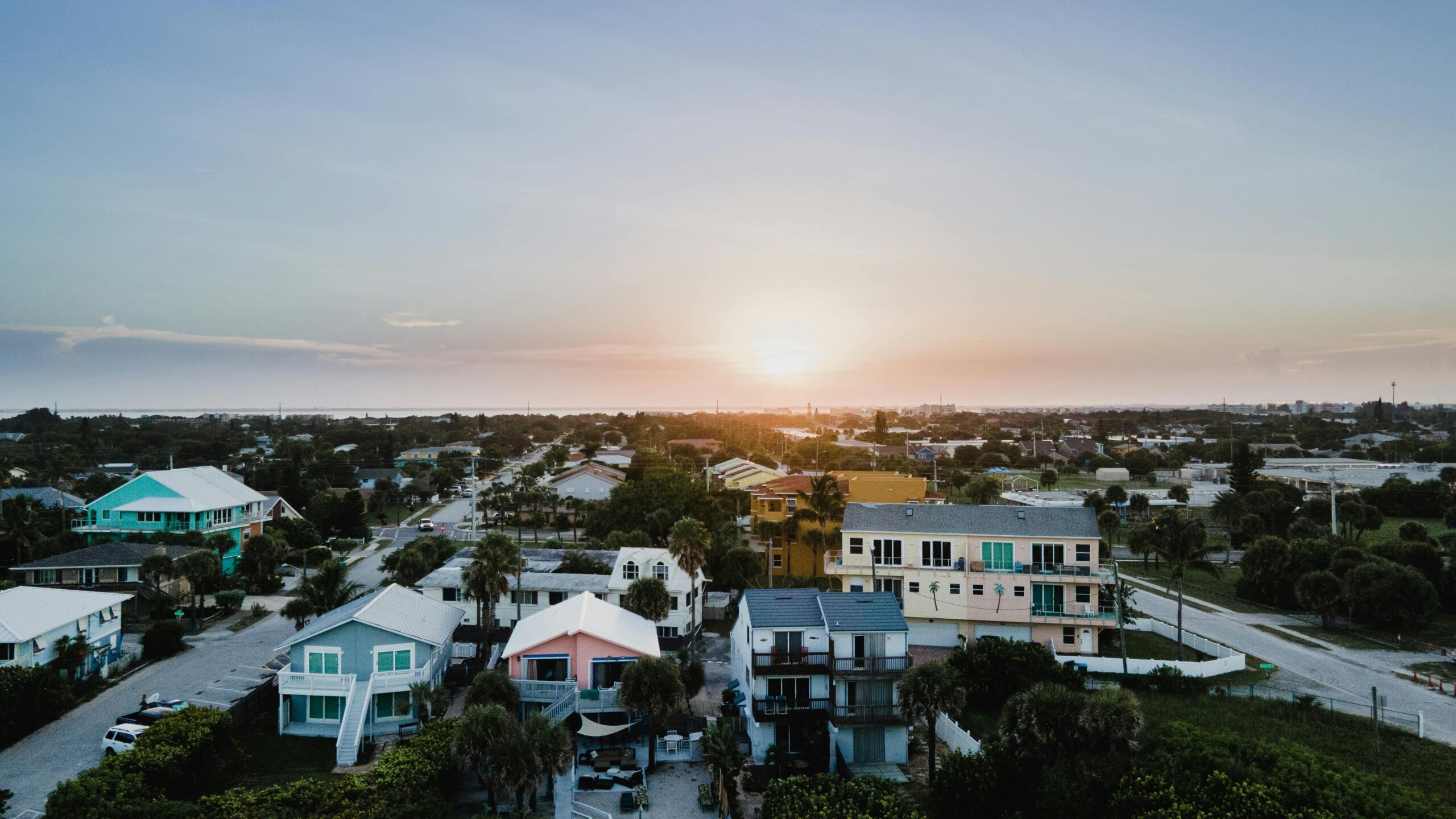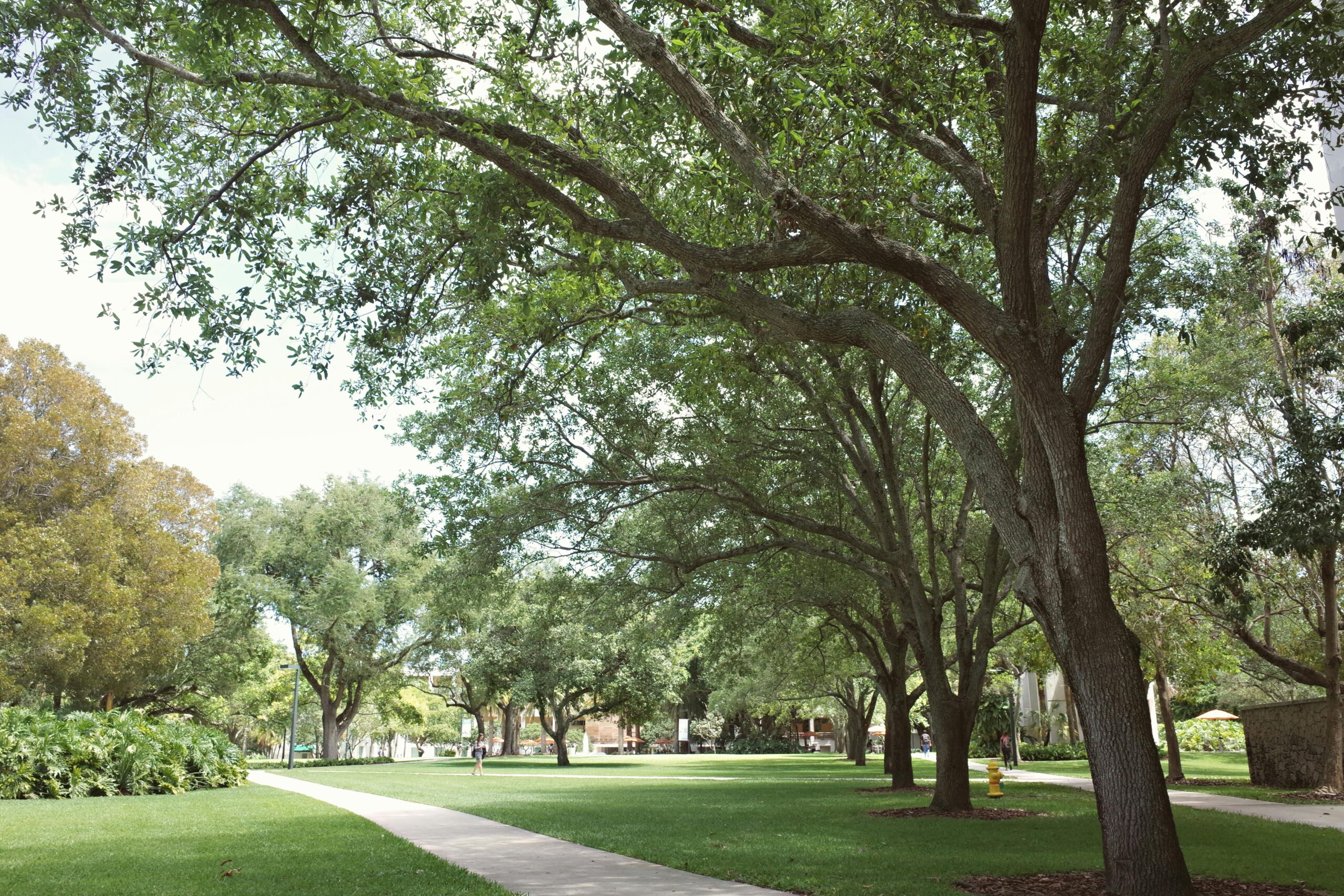
Once a rising star of the pandemic-era housing boom, Cape Coral, Florida, has now become one of the worst-performing housing markets in the United States. Located in the southwestern part of the state and known for its waterfront canals, palm-lined streets, and relatively affordable homes, Cape Coral attracted tens of thousands of buyers, investors, and retirees during the frenzied real estate surge of 2020 to 2022.
Today, however, the narrative has reversed. Prices are falling, homes are sitting longer on the market, and many homeowners now owe more than their homes are worth. While the rest of the U.S. housing market is cooling, Cape Coral stands out as a case study in how quickly fortunes can change in real estate—and how regional dynamics, investor activity, and climate risks can contribute to an overheated and unstable market.
This article explores what led to Cape Coral’s dramatic rise and fall, why it has become the worst housing market in the country, and what lessons can be learned from its experience.
A Market on Fire: The Boom Years
Cape Coral experienced unprecedented growth during the pandemic. Low interest rates, remote work flexibility, and an influx of people fleeing high-cost cities led to a wave of demand for Florida real estate. Cape Coral, in particular, became a hotspot due to its affordability compared to Miami or Tampa, its abundance of waterfront property, and its appeal to retirees and sun-seeking remote workers.
From early 2020 to mid-2022, home prices in Cape Coral surged by more than 75 percent, one of the largest increases in the nation. Investors flooded the area, buying up homes to flip or rent out. Builders raced to meet demand, and bidding wars became commonplace. Some buyers made offers sight unseen, and homes often sold in days, if not hours.
At its peak, the median home price in Cape Coral was nearly double what it had been just three years earlier.
The Bubble Bursts
But starting in late 2022 and accelerating through 2023 and 2024, cracks began to appear in Cape Coral’s housing market. The very factors that had fueled its rise now began to work against it.
The Federal Reserve’s campaign to tame inflation through interest rate hikes sent mortgage rates climbing, pushing monthly payments out of reach for many would-be buyers. The 30-year fixed mortgage rate climbed from under 3 percent in 2021 to around 7 percent by 2024. Affordability collapsed virtually overnight.
At the same time, the broader economy cooled. Job growth slowed, consumer spending softened, and housing demand began to evaporate, particularly in markets that had seen the sharpest price appreciation.
Cape Coral, which had one of the highest concentrations of investor-owned properties, saw a flood of listings as investors rushed to exit the market. Homes that were purchased at the top of the market were now underwater. Over 50 percent of listings in Cape Coral in 2025 have had price cuts, and homes are sitting on the market for months instead of days.
The Numbers Tell the Story
According to recent housing data, the median sale price in Cape Coral has fallen by approximately 11 percent from its peak. In some neighborhoods, especially those farther from the coast or lacking updated features, the declines are even sharper.
Inventory has spiked to its highest level in over a decade, with more than eight months’ worth of supply—well above the balanced level of five to six months. In some cases, sellers are reducing prices by tens of thousands of dollars just to attract offers.
Foreclosure activity is also rising. While still below Great Recession levels, Cape Coral now has one of the highest foreclosure rates in Florida, driven by investor defaults and homeowners unable to refinance at higher rates.
Compounding the problem is a sharp slowdown in building. Homebuilders who rushed to develop during the boom are now canceling projects, selling off land, or offering deep discounts to move inventory.
Climate Risks and Insurance Costs
Another factor worsening Cape Coral’s housing woes is the growing threat of climate risk, particularly hurricanes and flooding. Cape Coral lies in a vulnerable coastal zone that has been hit by several severe storms in recent years.
Insurance premiums in Florida have soared, and in many areas, it has become difficult—or extremely expensive—to get coverage. Some insurers have pulled out of the state entirely. In Cape Coral, this has added hundreds or even thousands of dollars to the annual cost of owning a home, making it even harder for buyers to justify the purchase.
This has had a chilling effect on demand and has made it more difficult for current owners to sell.
Investor Exit and Rental Glut
During the boom, Cape Coral became a magnet for short-term rental investors, especially through platforms like Airbnb. Many homes were bought with the intention of being used as vacation rentals.
But as tourism patterns shifted and local regulations tightened, the short-term rental market has become saturated. Occupancy rates are down, nightly rates have fallen, and many investors are now selling their properties at a loss.
The result is a glut of both homes for sale and homes for rent, pushing down values across the board. What was once a gold mine for passive income has, for many, become a burden.
Broader Lessons for the U.S. Market
While Cape Coral represents an extreme case, its story offers important lessons for other housing markets across the country.
First, the dangers of rapid price appreciation driven by speculation cannot be overstated. When prices rise faster than wages or rents, a correction becomes almost inevitable. Markets with high levels of investor activity are particularly vulnerable to sudden shifts in sentiment.
Second, external factors like interest rates, insurance costs, and climate risks can dramatically change a market’s trajectory. Cape Coral’s appeal during the boom years was tied to a set of conditions—low rates, remote work, cheap insurance—that have since evaporated.
Finally, local governments and planners must be cautious in approving massive expansions of housing during speculative booms. The fallout can be long-lasting, as communities deal with vacant homes, declining property tax revenue, and rising social costs.

Is Recovery Possible?
Cape Coral has weathered housing volatility before—it was one of the hardest-hit cities during the 2008 financial crisis, and it took nearly a decade to fully recover. Whether it can bounce back again depends on several factors.
A stabilization in interest rates, better insurance options, and stronger job growth in the region could help reignite demand. Continued migration to Florida from high-cost states may also provide a floor for prices.
But for now, Cape Coral remains a cautionary tale. What goes up fast can come down just as quickly. The city’s experience underscores the need for balance, sustainability, and awareness of long-term risks in the housing market.
In the end, Cape Coral’s housing collapse is not just about real estate. It’s about the consequences of unchecked growth, short-term thinking, and the complex web of economic and environmental forces that shape where we live and how much we’re willing to pay for it.




